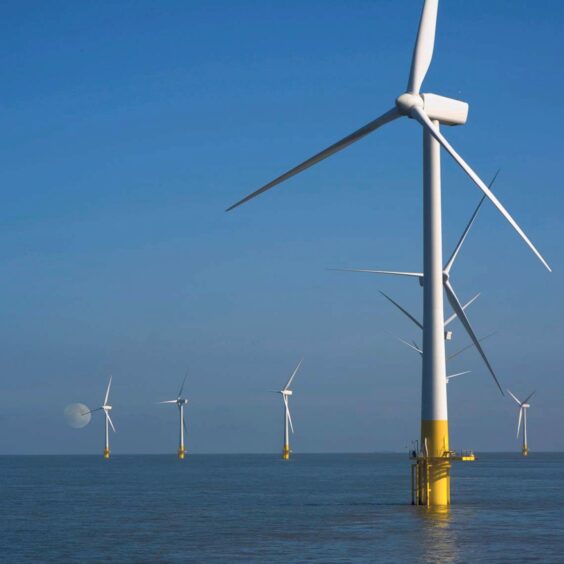
What does it take to keep wind turbines running?
Naturally, it takes wind power. But without conducting regular health checks, the wind turbine drive trains, and specifically their gearboxes, similar to all types of mechanical rotating equipment, can develop potentially fixable issues that remain unseen until it becomes too late – and that’s when the real running costs become apparent.
TRAC Energy is a leading (ISO-17020 accredited) provider of industrial inspection, maintenance, and repair services, and with the recently created “made for market” Renewables division, the company is formally setting out its capabilities and aspiration to diversify and play a leading role in the energy transition.
An established Balance of Plant specialist in the offshore space, TRAC Renewables is continuing its climb up the tower and into the nacelle, both on and offshore, with the introduction of an extended portfolio of services designed for windfarm owners and operators.
A regular, annual health check, with a specific focus on the gearbox and carried out by experienced engineers is a key step towards protecting windfarm assets from costly main component exchanges.
In the same way that performing a health check on a car, gives hands-off owners peace of mind that maintenance regimes are running smoothly and effectively with the reassurance of early warning signs if things start to go awry.
Wind turbines are designed to have a life span of around 20 years, but to achieve this, they must be regularly maintained to prevent degradation over time TRAC recommends general preventative turbine maintenance annually with full inspection every one to two years, to facilitate early detection and rectification of defects, contributing to extending the life of the asset.
It is critical to develop and maintain a turbine inspection plan that is fit for purpose and to forecast any degradation issues before they become much larger issues.
Callum Abbey, technical delivery manager for TRAC Renewables, who marshals a team of time-serviced industry experts, explained: “Regular preventative inspection is crucial if turbines are to keep performing at optimal levels for efficient energy generation.
“Our drive train health check service is an ideal option for customers looking for a straightforward and cost-effective solution to ensure safety and continuous production, while reducing risk of failure and minimising downtime.”
Health checks can be supplemented with vibration monitoring systems, often installed as part of the end of warranty process to pinpoint areas requiring specific focus.
TRAC can also provide CMS monitoring and SCADA analysis for wind turbine drive trains.
A typical annual visit will also include a professional endoscopic inspection of the gear box, which alongside oil sample analysis, provides a robust analysis of overall gearbox health.
This scope of services creates timeline requirements for monitoring of any potential future issues, and scheduling of any required up-tower repairs.
“To put it simply, wind turbine owners can’t afford not to have a proactive inspection plan in place for their assets, as the impact of any unscheduled downtime of a wind turbine leads to lost revenue,” explains Callum.
“Clearly in the case of a turbine requiring an unplanned gearbox replacement these costs can be significant, from component costs, craneage and zero generation from the point of failure to the completion of the replacement.”
TRAC Renewables has a clear strategy of digitalisation, de-risking and decarbonisation which optimises data collection methods and supports movement of work from site to office environments where possible, ensuring that the all-important customer reports are delivered promptly, securely and tailored to the needs of the windfarm.
Backed by the full group service range, TRAC customers are offered a customised solution when it comes to safeguarding the condition of their turbines from post-construction through to life extension.
“Our team of highly trained and industry accredited engineers are experts in pin-pointing different types of maintenance, which provides wind farm owners more control over their assets and the chance to take action before the likelihood of failures, resulting in significantly reduced costs, and potential increases in plant efficiency,” said Callum.
“With our extensive expertise in sustainable energy solutions, we are well-equipped to support projects at any stage and in any location, ensuring we keep renewable assets safe while reducing site footprint and protecting our planet for future generations.”
To find out more, visit trac-renewables.com
Recommended for you
